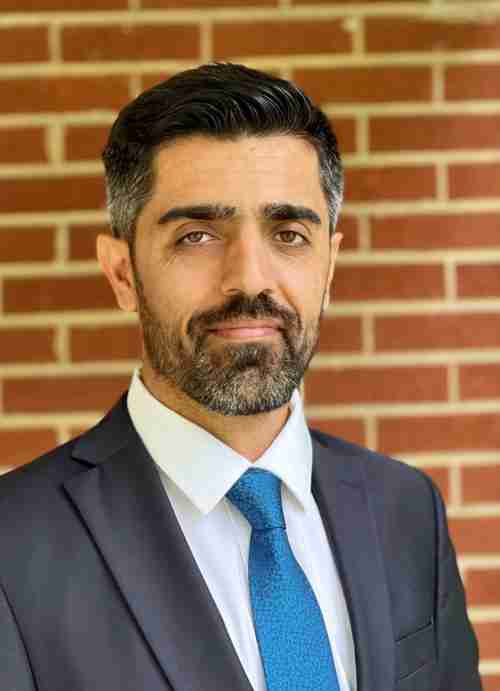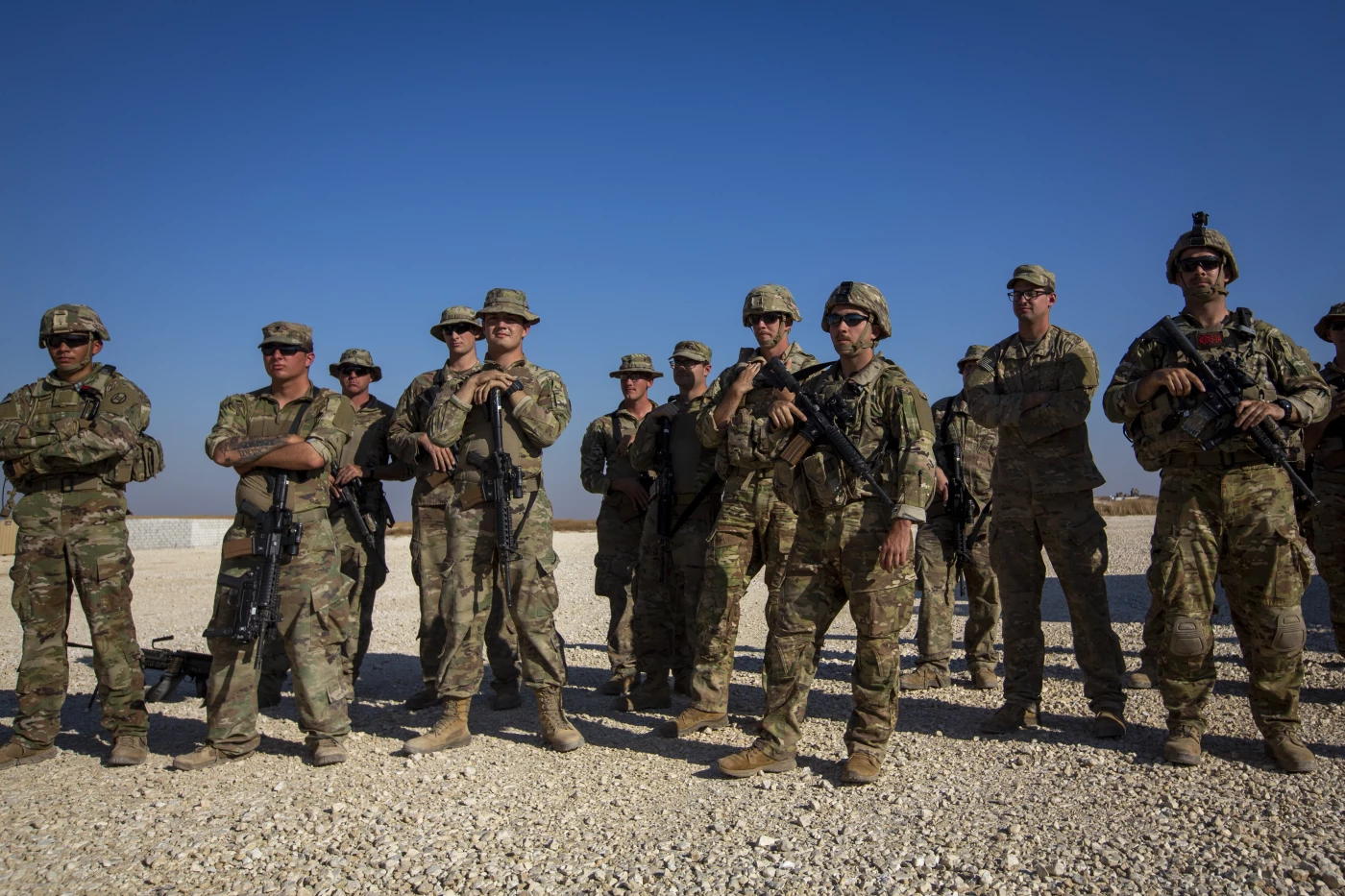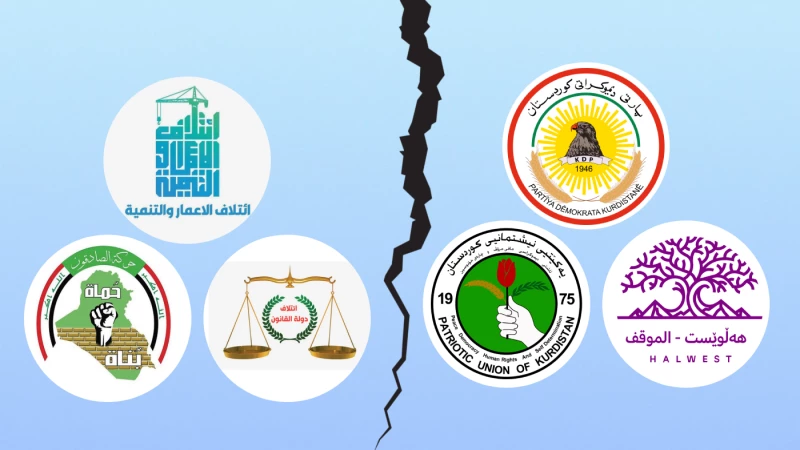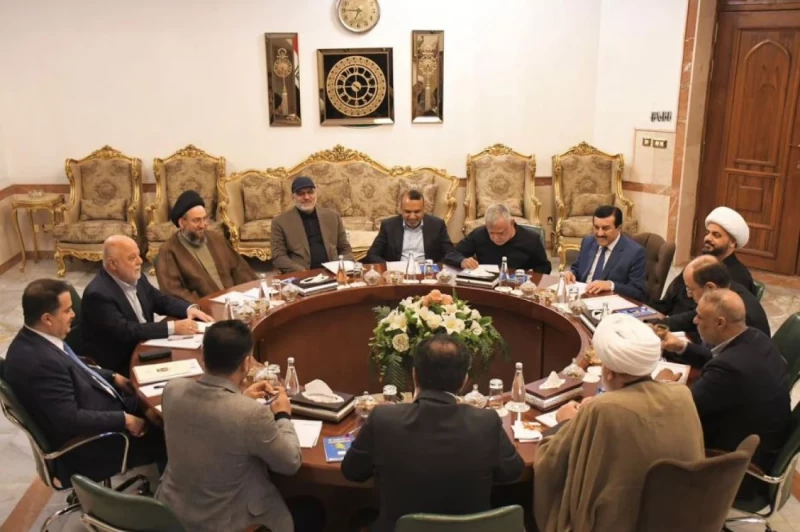The US military’s planned withdrawal from bases in Iraq outside the Kurdistan Region has generated wide media coverage and public debate in the country. The withdrawal has started since mid-August with some troops reportedly relocating to Erbil and Syria. Given Iraq’s multiplicity of political forces and agendas—both domestic and foreign—the move has been received and interpreted in sharply different ways. For some, it is a shocking development. Others depict it as evidence that Washington has finally lost patience with Iraq’s dominant, pro-Iran Shiite political establishment. Still others portray it as the beginning of the end of the political system born after the collapse of Saddam Hussein’s regime in 2003.
But as far as “shock” goes, the development is hardly that. The withdrawal is not occurring out of the blue. It is the implementation of an agreement reached between Baghdad and Washington in late 2024 requiring US forces to pull out of areas outside the Kurdistan Region by September 2025 and to fully withdraw from Iraq—including Kurdistan—by September 2026. The real surprise, though little discussed in Iraqi media, is that despite the agreement’s public framing, the withdrawal will not be complete. US troops are unlikely to fully leave Iraq, not now and not even after 2026. While the US is expected to vacate Ain al-Assad Air Base in Anbar province, it is highly probable that some forces will remain in Baghdad province beyond the deadline.
A complete withdrawal would in fact be more detrimental than beneficial to Iraq. Due to domestic rivalries and grandstanding, and under pressure from Iran, some Iraqi Shiite forces might want to appear supportive of a withdrawal and of “ending US occupation.” But they may come to regret a full withdrawal, counterintuitive as that might sound to them—or to some observing Iraq from the outside. Amid the region’s turmoil, the US troop presence ties Iraq’s stability directly to US interests. If US forces remain in Iraq, instability in the country would endanger them, turning the country into a target for rogue actors—whether old or newly emerging—who could exploit any vacuum to strike US troops and assets. This is especially pressing given the volatility of Iraq’s eastern and western neighbors, Iran and Syria, both struggling with deep internal crises. Therefore, continued American presence would help Iraq remain stable.
Iraq also continues to grapple with the threat of the Islamic State (ISIS). The group has been able to regroup in parts of Syria and, according to some accounts, was at its most active this August since the fall of Bashar al-Assad’s regime last December. Despite the sacrifices of Iraq’s security forces, the country could not have defeated ISIS without massive US-led coalition support. Since 2014, Iraq has depended on Washington in combat, advisory, intelligence, and reconnaissance roles. Its air capabilities remain limited and heavily reliant on US backing.
A full US exit could push Iraq into a cycle resembling the aftermath of 2011, when President Barack Obama pulled American troops out. That decision fueled sectarian tensions and opened the way for ISIS’s lightning takeover of nearly one-third of Iraq’s territory. Today, the risks are arguably even greater. The region is again gripped by conflict, sectarian tensions are high following Assad’s downfall, Sunni Arab forces are resurgent, and the Iran-led axis is on the defensive. The conditions are ripe for a destabilizing breakdown in Iraq, with possible spillover into Syria. The opposite is also true: any collapse of order in Syria could easily reverberate into Iraq, given their nearly 400-mile shared border across flat terrain.
Even if Washington is determined to withdraw fully—whether to fulfill domestic political promises of ending “endless wars” or to respond to the hostility of Iraq’s Shiite groups—it should still seriously consider a long-term deployment in Kurdistan. The circumstances for such an arrangement are particularly suitable. The physical infrastructure already exists, such as the Harir air base and facilities around Erbil International Airport, which can handle the largest cargo aircraft and easily facilitate logistical resupply.
Beyond infrastructure, the Kurdistan Regional Government has been a reliable partner at the civilian, military, and intelligence levels. Not a single US service member has been killed or targeted by local forces in Kurdistan. American troops would be stationed among a friendly population that broadly values such a presence, given decades of ties and the strategic significance of continued US engagement. This is underscored by the upcoming opportune inauguration of the largest US consulate in the world in Erbil.
The relative stability of Kurdistan and the security of US personnel there could allow for broader acceptance of a long-term deployment. From Kurdistan, the US could maintain its Syria mission for as long as necessary while retaining a launchpad for future operations against jihadist groups and other rogue actors across Iraq and Syria.
In short, while the phased US withdrawal is proceeding, it would be a mistake to allow it to turn into a full withdrawal or interpret it as the end of America’s role in Iraq. The lessons of the post-2011 withdrawal are still fresh, and the region’s current instability makes them even more relevant. What is needed is not abandonment, but recalibration. A sustained presence in Kurdistan—secure, strategically located, and politically viable—offers Washington a way to protect its interests while helping Iraq and the wider region avoid yet another descent into chaos.
The views expressed in this article are those of the writer and do not necessarily represent the position of The New Region's editorial team



 Facebook
Facebook
 LinkedIn
LinkedIn
 Telegram
Telegram
 X
X


